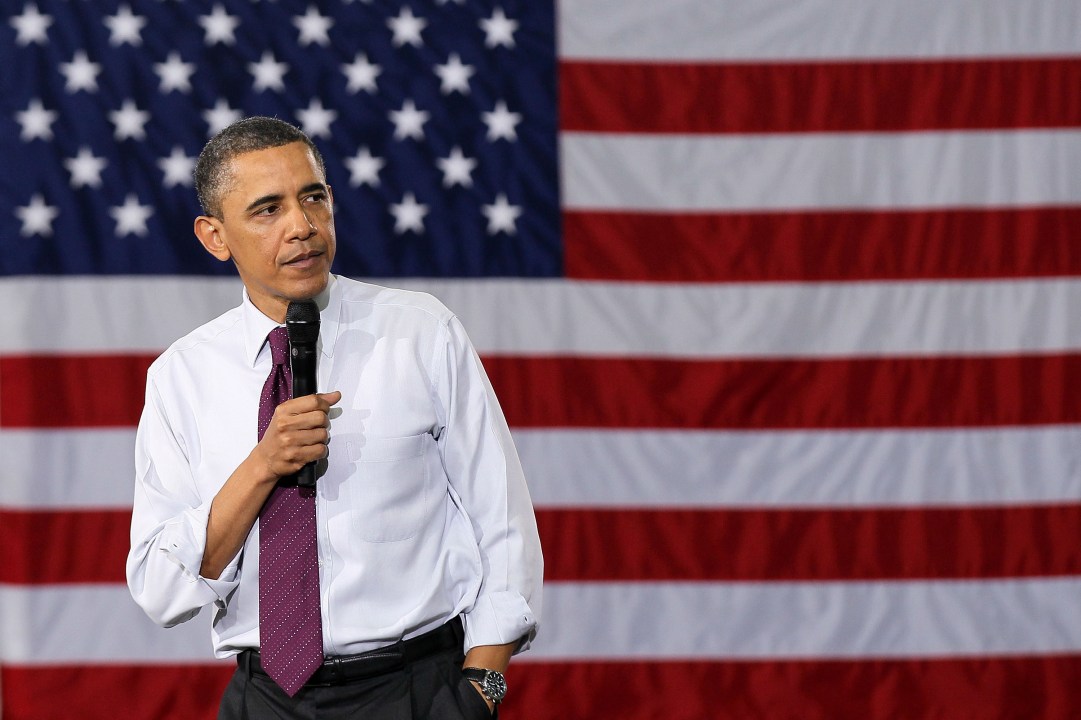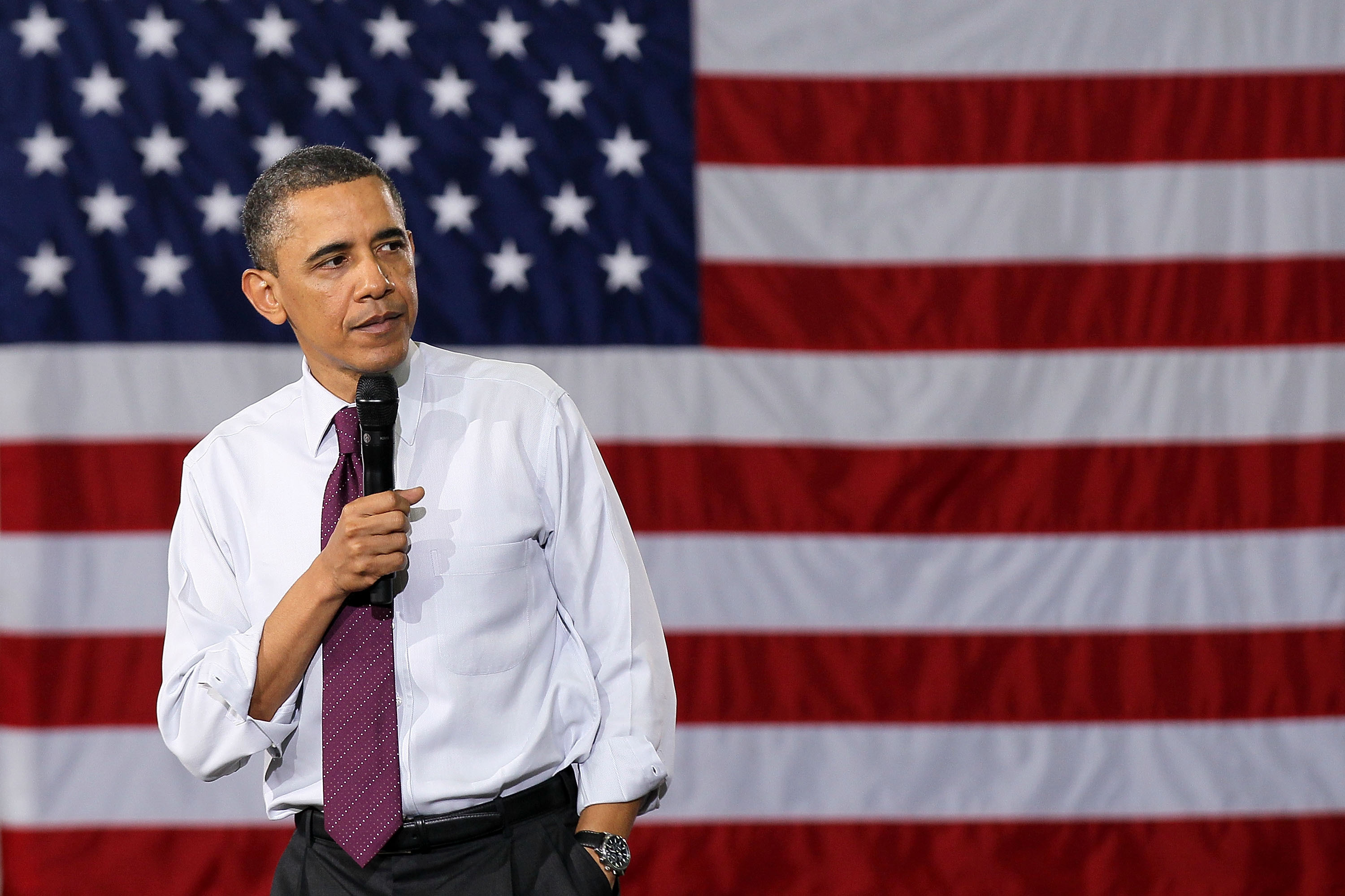 Barack Obama’s budget plan has become a political debating point on this side of the
Atlantic. Ed Balls set the ball a-rolling in an article for the Guardian this morning, which
effectively claimed that the President isn’t planning to cut the deficit as quickly as George Osborne is. “The truth is that it is Osborne himself who is isolated,” is how he pugnaciously
put it. But the Tories’ Matthew Hancock has since responded — on Coffee
House, as it happens — arguing that, actually, the Obama Plan is simpatico with what Osborne is doing.
Barack Obama’s budget plan has become a political debating point on this side of the
Atlantic. Ed Balls set the ball a-rolling in an article for the Guardian this morning, which
effectively claimed that the President isn’t planning to cut the deficit as quickly as George Osborne is. “The truth is that it is Osborne himself who is isolated,” is how he pugnaciously
put it. But the Tories’ Matthew Hancock has since responded — on Coffee
House, as it happens — arguing that, actually, the Obama Plan is simpatico with what Osborne is doing.
By way of hovering above the red-on-blue scrap, we thought we’d put together a comparison of Osborne’s and Obama’s budgets for the benefit of CoffeeHousers. Before we start, though, a basic point: Obama’s budget is not the official American one. It is subject to change, political wrangling and Congressional counter-demands before being signed into law. Which is to say, what follows is a guide to Obama’s original intentions, not what will actually happen:
1) Deficit reduction. As ever, it depends on what you mean by “deficit”. What Osborne is referring to when he talks about “eliminating the deficit” is actually the “structural deficit” — the part of the deficit that remains even when the economy is functioning as well as it should. Under his plans, this will fall from 7.4 per cent of GDP now to around 0.5 per cent in 2016. Under Obama’s plans, it will fall from 7.6 per cent of GDP to 3.0 per cent over the same period. So is Obama being less ambitious? Yes and no. He’s not going as far as Osborne, but he is cutting the structural deficit more quickly over the next couple of years:

Yet when Obama talks about “deficit reduction”, he tends to be referring to the overall deficit — what the anoraks in Westminster call “public sector net borrowing.” Here, the President’s idea is to reduce the deficit from 10.9 per cent of GDP now to 3.3 per cent in 2016. When compared to Osborne’s plans, a similar picture to that above emerges:

2) Debt. Turn down the deficit taps, and the debt bath fills at a slower rate — and that’s what’s expected to happen under both Osborne’s and Obama’s budgets. Both would see debt as a percentage of GDP reaching its peak in 2014, before tailing off afterwards:

3) Spending. George Osborne is cutting overall spending by 0.6 per cent this year. But just imagine the protests if it were 3.8 per cent instead. That would no doubt be “too far, too fast” for Ed Balls. Yet cuts of 3.8 per cent are exactly what Obama proposed for this year — and that’s even before the extra cuts demanded by the Republicans. Spending may start rising sooner under the Presidential plan, but there’s no denying that his initial cuts are sharper that Osborne’s:

And as for the ratio of spending cuts to tax rises, Osborne and Obama are perfectly in tune with each other. Obama plans to achieve his deficit reduction with $3 of spending cuts for every $1 of extra tax. For Osborne, the eventual split will be the same, only with £-signs instead.







Comments